Hermès hits hyperdrive with a one-off car design for McLaren
Hermès hits hyperdrive with a one-off car design for McLaren
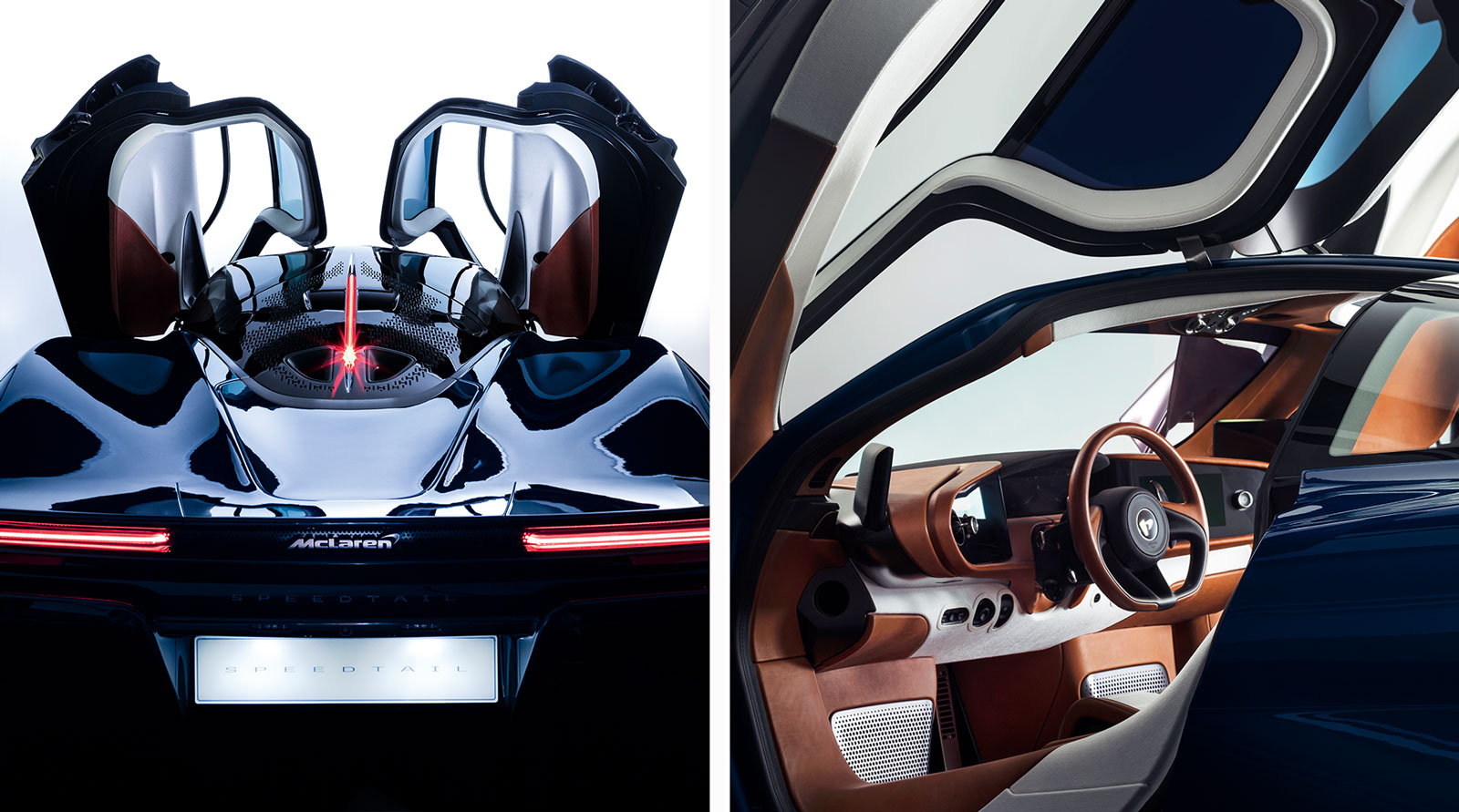
Oskar Proctor - Photography
The association between the automobile and fine leatherwork is long and distinguished, but it’s not always been about luxury. Many of the earliest high-end automobiles used leather for the exposed chauffeur’s seat, with the enclosed passenger compartment featuring a more precious – but not so weather-friendly – fabric finish. Hermès understands a thing or two about weatherproofing. The grand exterior luggage for cars and carriages, first created by Émile-Maurice Hermès at the beginning of the 20th century, as well as the company’s experience in the nautical world, demanded leather of the highest grade and strength, as well as quality tanning and finishing skills. Those elements combined were the foundations of the company’s definition of luxury.
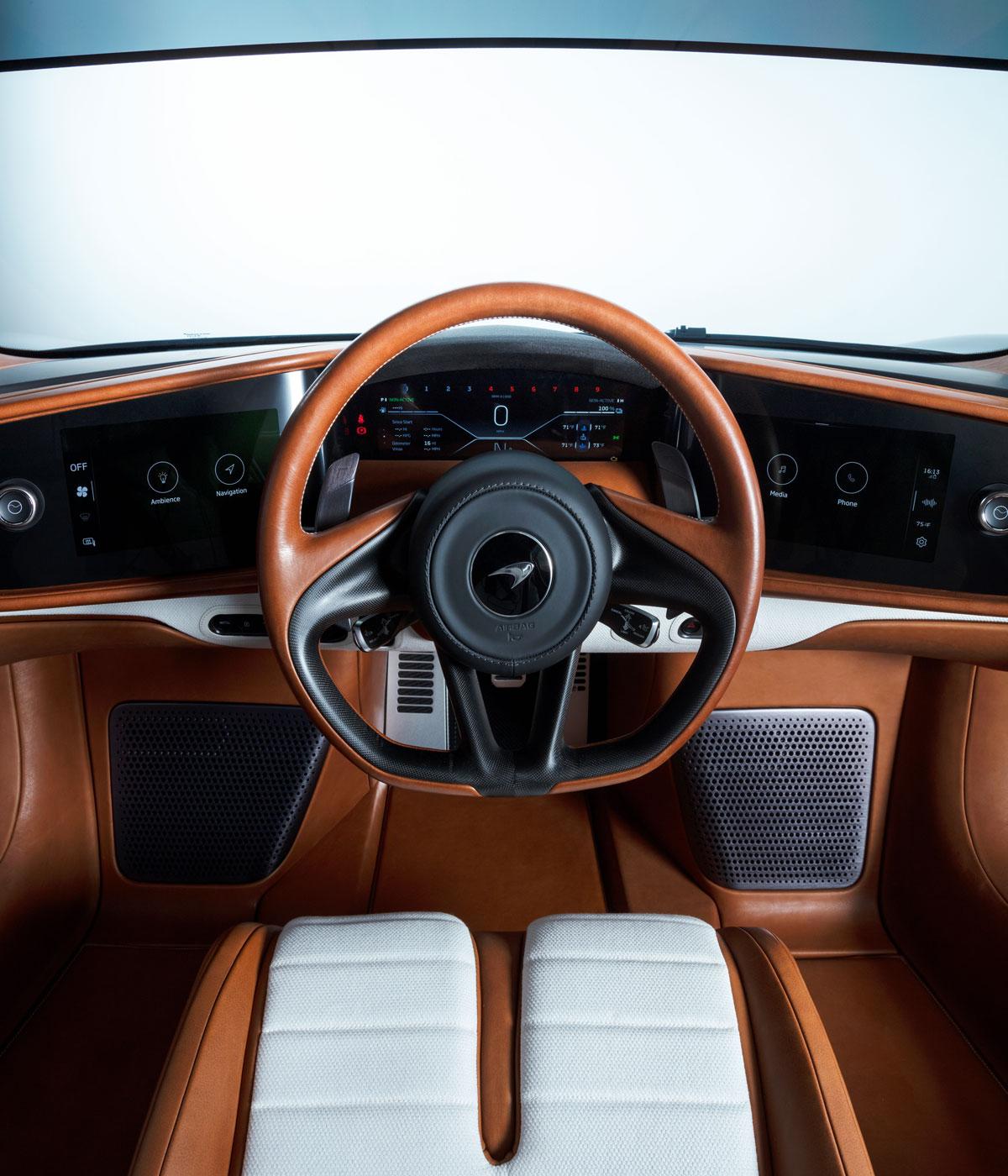
In recent years, Hermès has increased the focus and profile of its bespoke services. Under the directorship of the designer Axel de Beaufort, who joined the brand’s Bespoke and Special Projects Department in 2012, the sky is literally the limit, as the company has transferred its unique skills to practically any object you desire, whether it’s static, wheeled or winged. De Beaufort’s experience in naval architecture instilled in him an exceptional attention to detail, a skill he brings to the wide variety of Hermès’ special projects. ‘Every bespoke order comes through us, from interiors to aircraft to cars,’ he says from the workshop just outside Paris. ‘Other manufacturers don’t necessarily know that we have the experience to work on their products, but as soon as they visit, they understand.’
The latest project to cross the atelier’s threshold is this spectacular transformation of a McLaren Speedtail. There’s nothing remotely off-the-shelf about the Speedtail, the current flagship of McLaren’s Ultimate Series of hypercars. McLaren has decades of experience of handcrafting the fiendishly complex and advanced components that go into a Formula 1 car; its Ultimate Series translates that know-how into a machine for the road. Following on from the first Ultimate Series car, the Senna, the Speedtail is a limited-edition, hand-built, hybrid-powered three-seater, with just 106 units going into the garages of well-established collectors around the world. Hewn from carbon fibre and with a list price of £2.1m, the car doesn’t come with any optional extras – McLaren simply assumed that every customer would want to add their own personal touch.
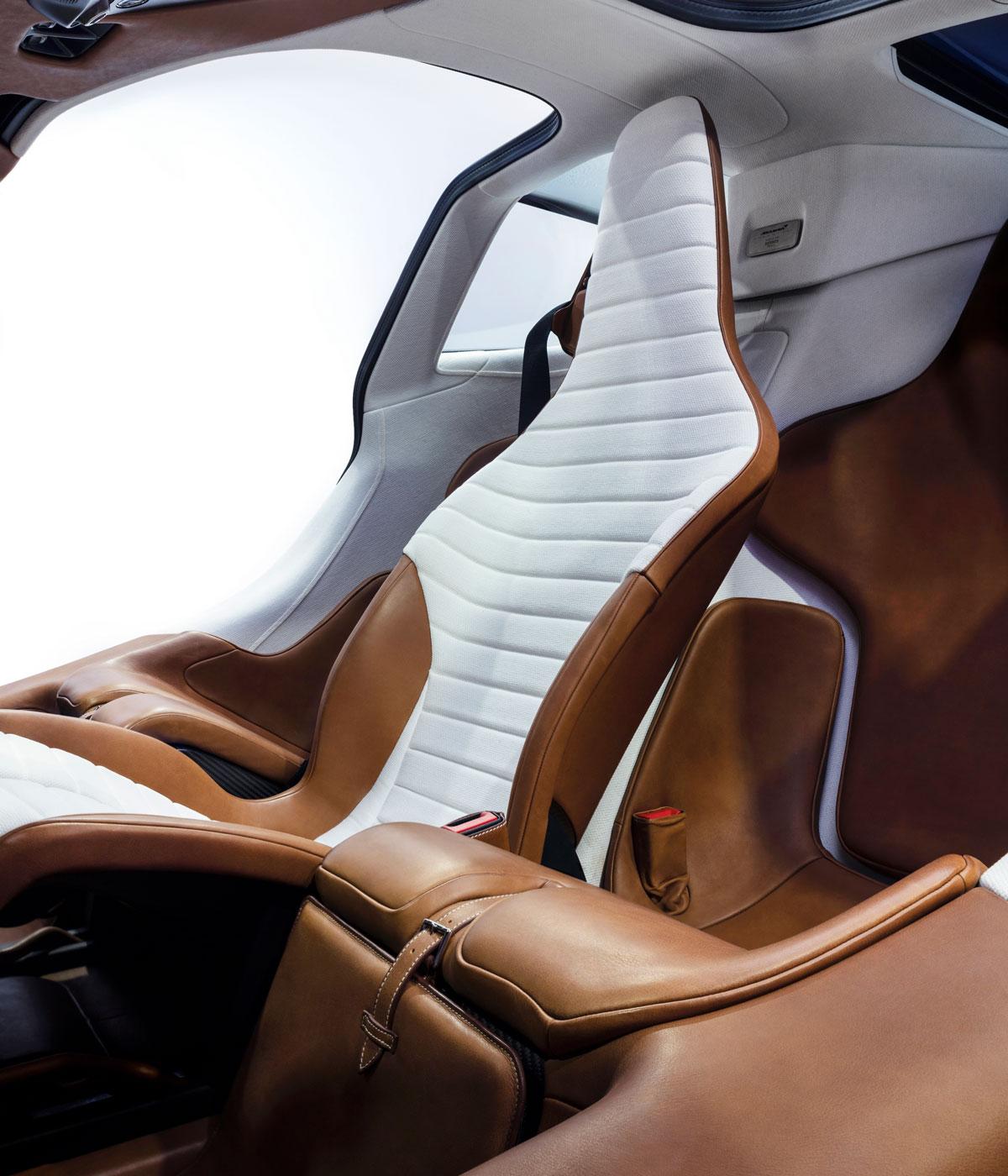
Hermès’ treatment adds another dimension to what is already intriguingly rare and distinctive. ‘We’ve always worked on cars here at Hermès Bespoke and we’re increasingly working at the very high end of the market,’ says de Beaufort. ‘A client told us that he’d ordered a Speedtail from McLaren and that we could have a look. It’s a dreamlike sports car that looks as if it has just emerged from a science-fiction movie, so of course we were interested.’
De Beaufort and his team visited McLaren’s Technology Centre in Woking, UK, the Foster-designed HQ and factory where it designs and builds all its cars for road and track. ‘I loved the heritage of the brand,’ the designer says, emphasising that although on the surface this might look like a marriage of old and new, Hermès has always been at the cutting edge of its craft. ‘We also have a very strong heritage,’ he acknowledges, ‘but back in the 19th century, the Hermès family was known for being very high-tech, making extremely light harnesses for carriages. Hermès has a strong link to innovation – we are not just adding our leather to every single object, there is a process of research and reflection behind it. We have engineers on our team, for example.’
That said, the Speedtail project was still immensely complicated. ‘Usually we go to a manufacturer, look at the design, create a scheme and once the vehicle is in build, we are sent the pieces to finish in our workshop. Then they are returned for final assembly,’ says de Beaufort. ‘With Speedtail, McLaren sent the car here and it was in the workshop for several months. It was quite complicated for them because, once it returned to their factory, all the certification had to be redone. But they were amazing,’ he says. ‘Normally, only vintage cars come into the workshop. Having a car here means we can push things a bit further with the designers and craftsmen – it gives you more ideas about details.’
The three-seat interior of the Speedtail is finished in a luscious, rich and inviting Hermès leather. ‘I wanted to make this fully carbon-fibre machine feel warmer and more welcoming by putting fabric and leather elements where they wouldn’t normally be found,’ explains de Beaufort. ‘We can produce very thin leather, working with tenths of millimetres. We had to look at things like the ventilation grille – many small details that had to be very carefully considered so as to not affect the performance of the car.
‘Our leather will get better and softer over time. It is difficult to get this kind of leather in a contemporary car,’ he continues. ‘Manufacturers usually want a totally consistent colour. Of course, we have extremely high expectations of our leather, but very slight imperfections are part of its charm. This is what is so interesting with McLaren – they are on the edge of industry and craft.’
Hermès tans and processes its own hides. ‘We’re constantly learning and trying to perfect the process. Every single bespoke project has its own leather – nothing is off the shelf.’ De Beaufort is adamant that such collaborations are in keeping with the spirit of Hermès. ‘This kind of project takes us a step ahead,’ he says. ‘It shows that our craftspeople can build up great relationships with very high-tech manufacturers, which is really exciting. Maybe one day Hermès will be involved in the creation of rockets, at the forefront of new technology, just as it was over a century ago with bridles and carriages.’
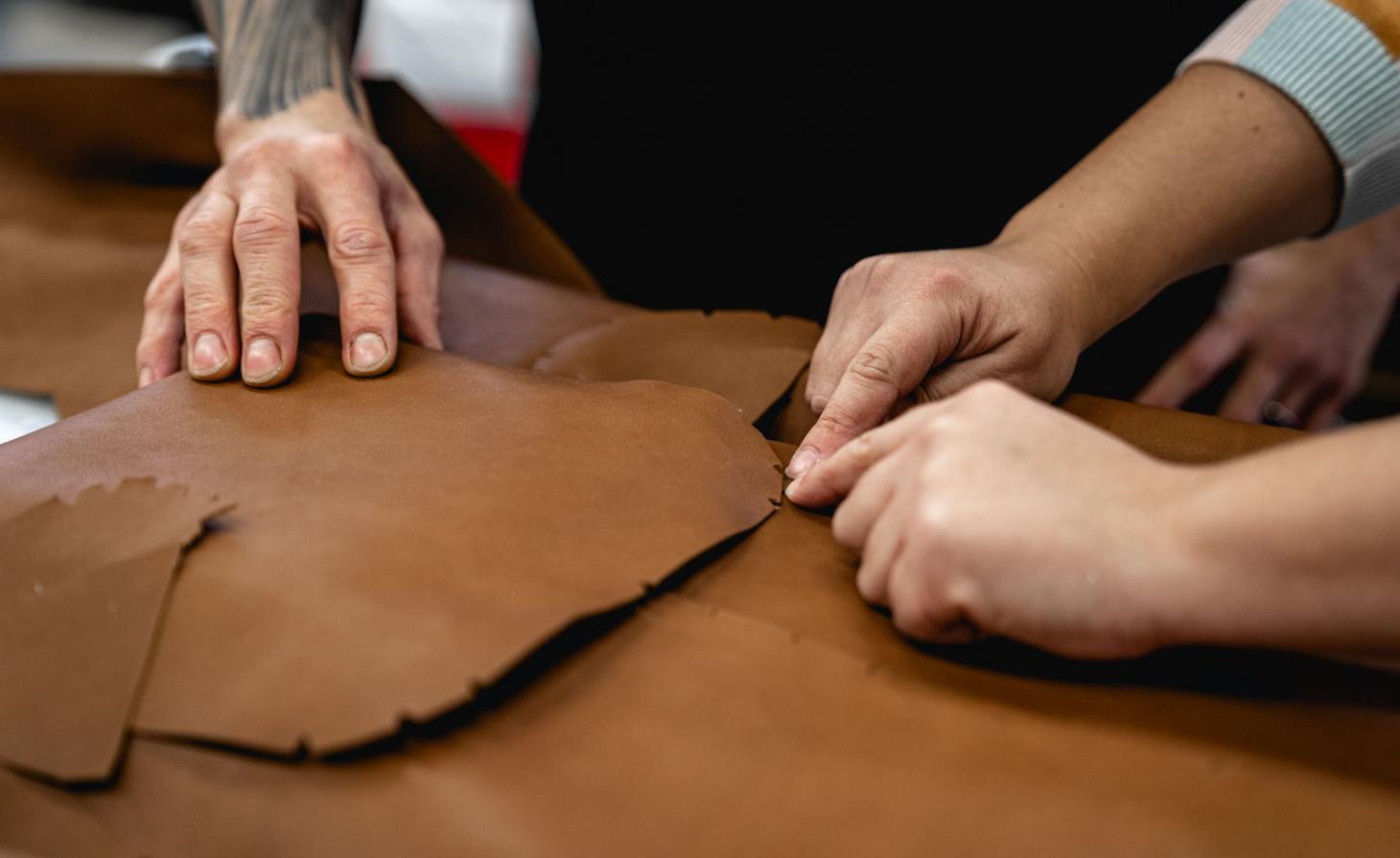
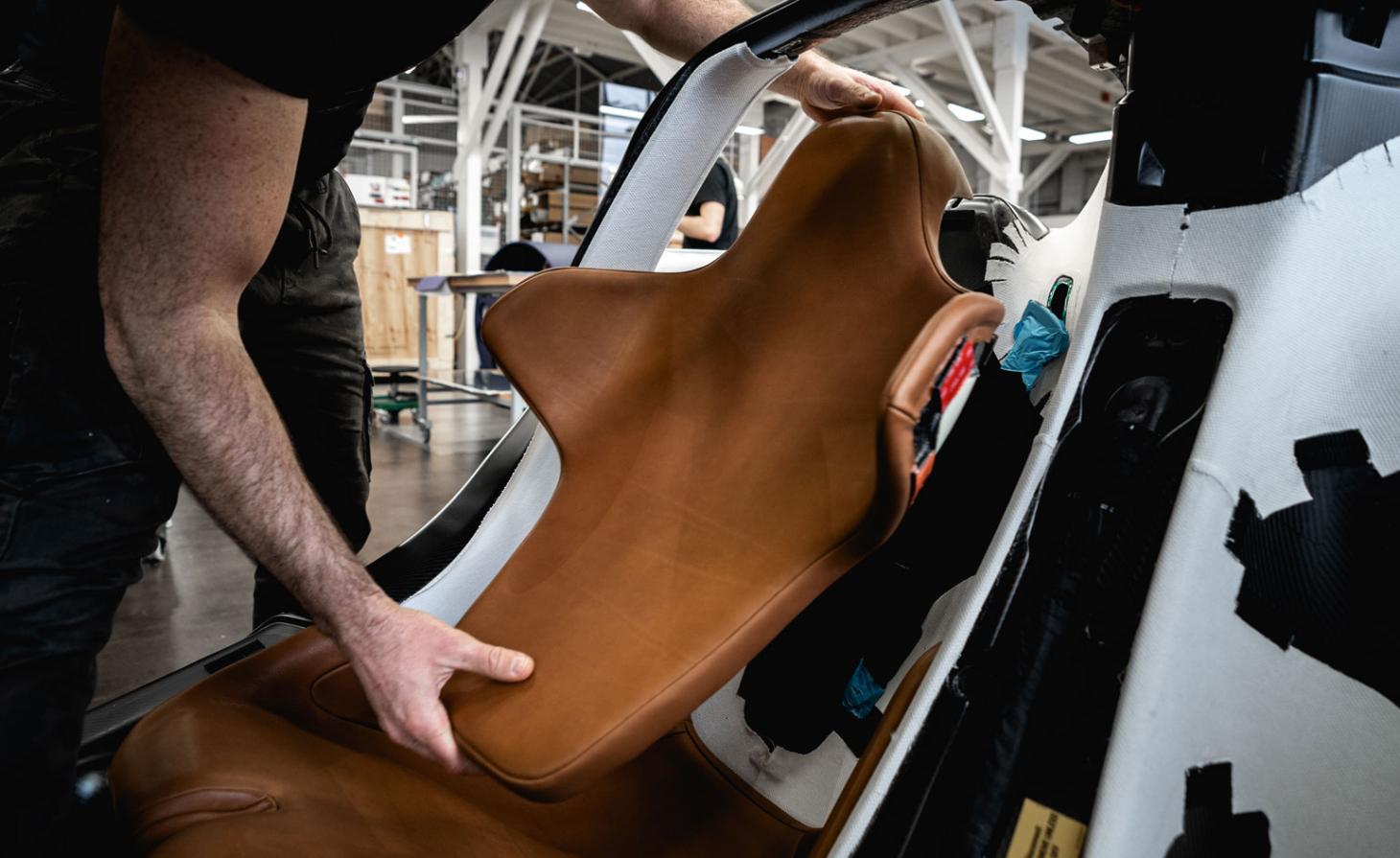
INFORMATION
This article originally featured in the June 2021 issue of Wallpaper* (W*266), available for free download
Receive our daily digest of inspiration, escapism and design stories from around the world direct to your inbox.
Jonathan Bell has written for Wallpaper* magazine since 1999, covering everything from architecture and transport design to books, tech and graphic design. He is now the magazine’s Transport and Technology Editor. Jonathan has written and edited 15 books, including Concept Car Design, 21st Century House, and The New Modern House. He is also the host of Wallpaper’s first podcast.
-
 100 George Street is the new kid on the block in fashionable Marylebone
100 George Street is the new kid on the block in fashionable MaryleboneLondon's newest luxury apartment building brings together a sensitive exterior and thoughtful, 21st-century interiors
-
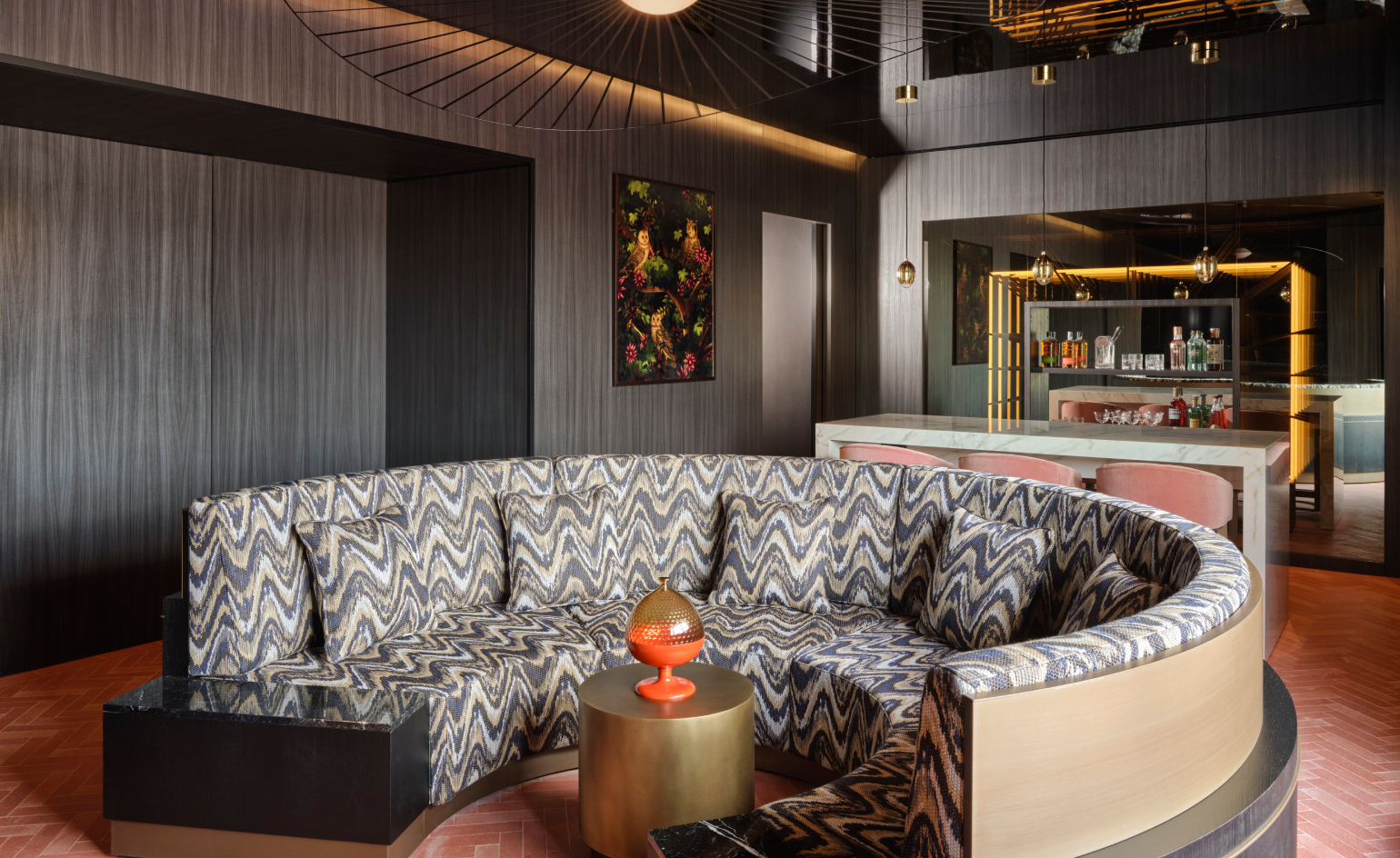 Experience the cradle of the Renaissance in a new light at Florence’s W hotel
Experience the cradle of the Renaissance in a new light at Florence’s W hotelFlorence’s palazzi, basilicas and baptistries groan with history. But the city’s new W hotel poses an alternative perspective – one that is distinctly modern
-
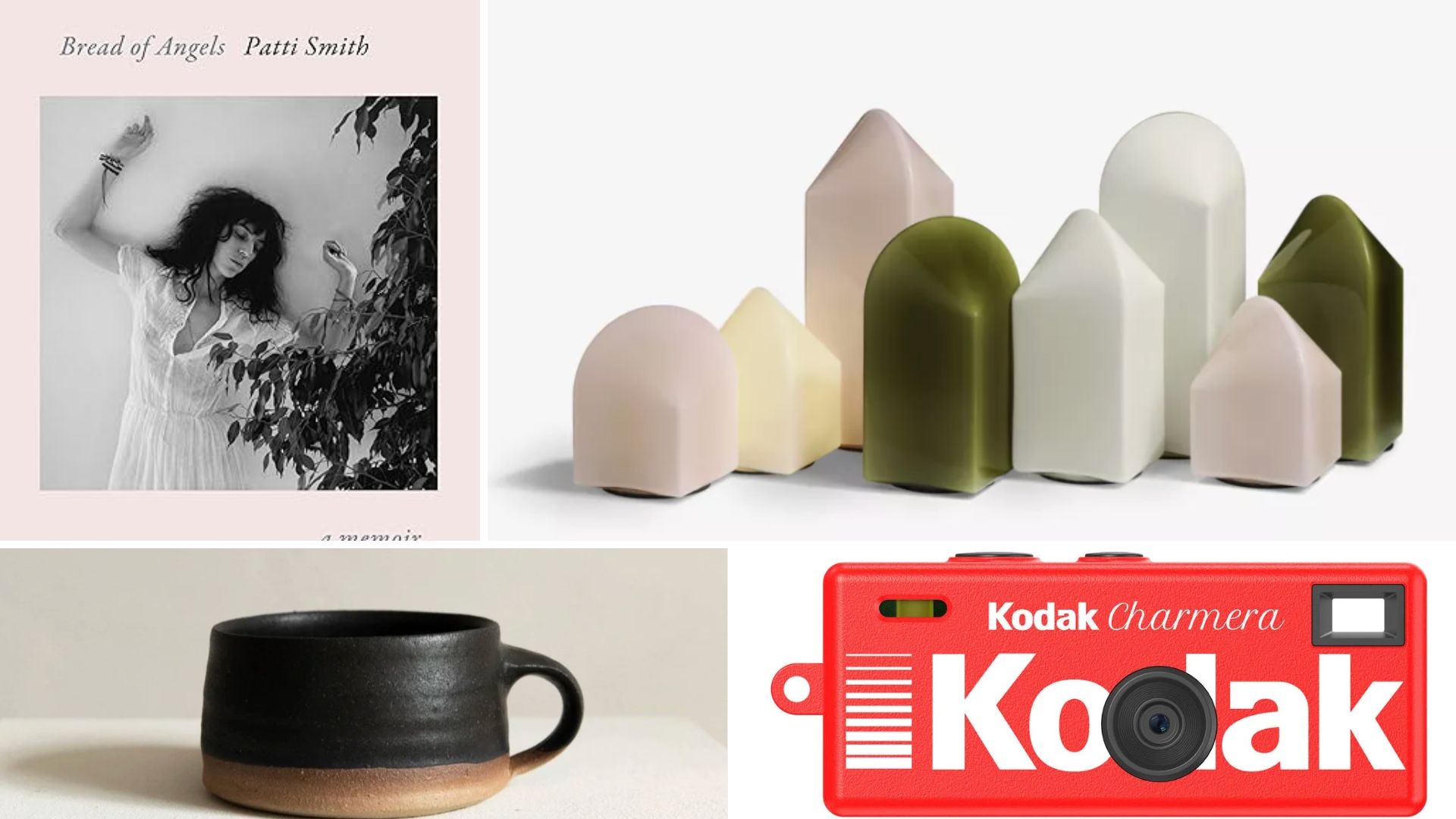 Wallpaper* Gift Guides: What our director of digital content, Charlotte Gunn, has on her wishlist this year
Wallpaper* Gift Guides: What our director of digital content, Charlotte Gunn, has on her wishlist this yearFrom the year's most-anticipated music biography to stacks of vinyl, these goodies will help you unwind and unplug
-
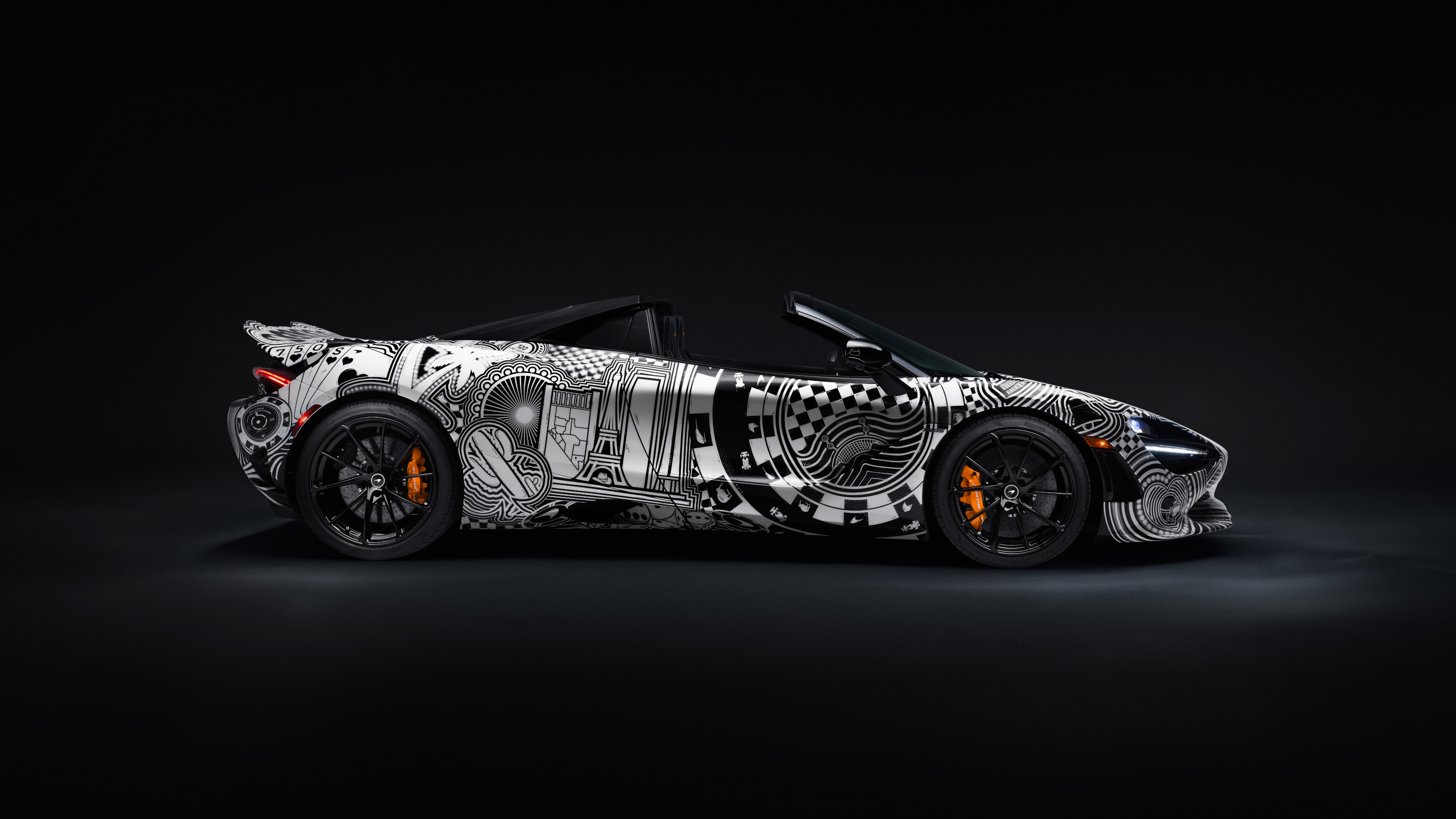 McLaren Special Operations deals itself a winner with the Las Vegas-inspired Project Viva
McLaren Special Operations deals itself a winner with the Las Vegas-inspired Project VivaWe delve into the world of McLaren Special Operations, discover what the deal is with Project Viva, spec our own hypercar and explore the role of the Pure McLaren experience
-
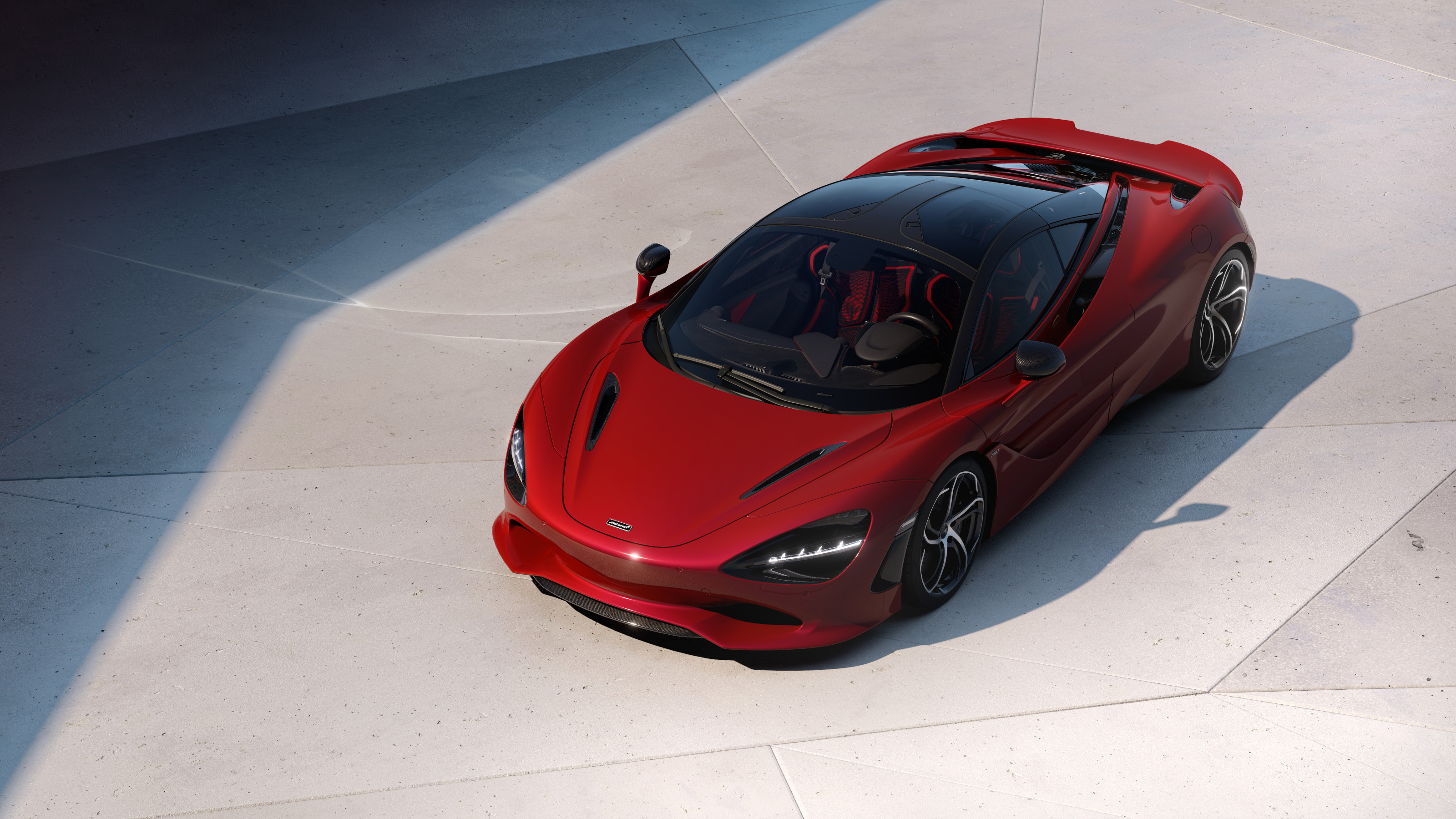 The McLaren 750S is a truly purist expression of the modern supercar template
The McLaren 750S is a truly purist expression of the modern supercar templateMcLaren’s 750S ticks all the boxes for lovers of automotive exotica. It’s also one of the finest driving machines you can buy
-
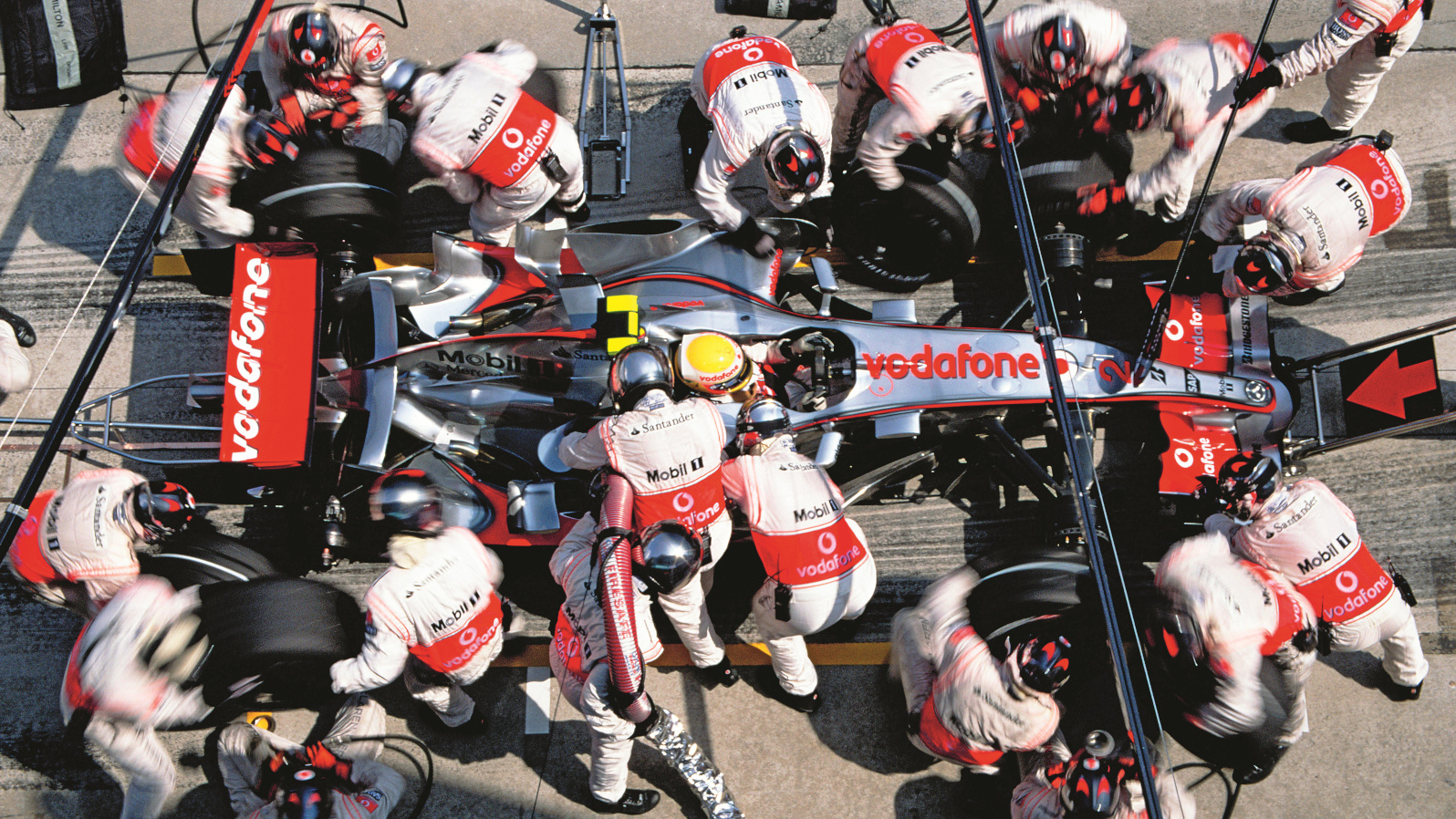 Formula 1 in photos: 100 memorable moments
Formula 1 in photos: 100 memorable momentsA new book, ‘Formula 1: The Impossible Collection’, marks 75 years of the motor-racing championship – a history full of tenacity, triumph and tragedy
-
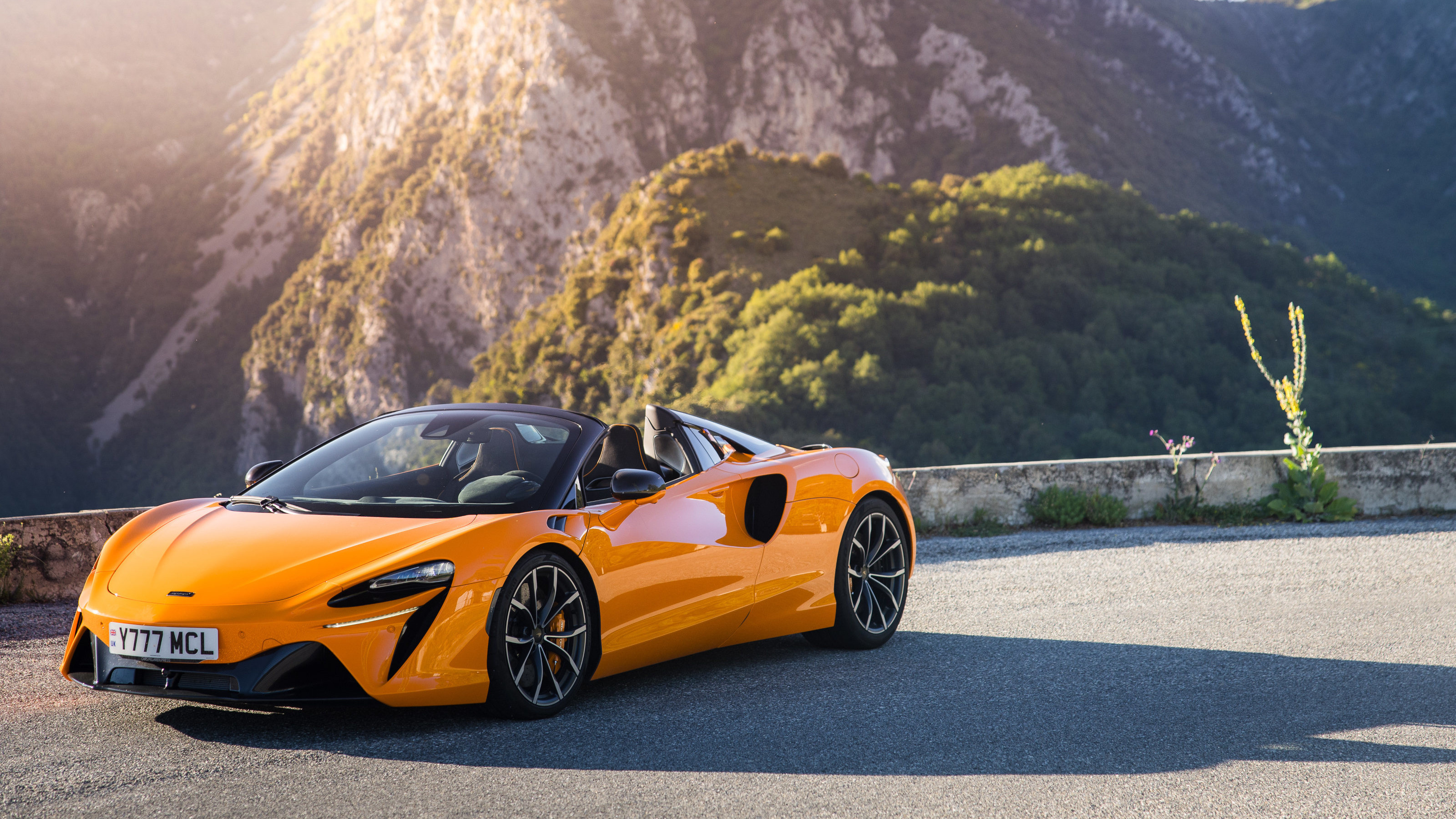 A technical tour de force, McLaren’s Artura Spider makes an unconventional supercar
A technical tour de force, McLaren’s Artura Spider makes an unconventional supercarMcLaren prides itself on technical perfection. Its newest series production supercar ticks all the right buttons but demands you make an emotional commitment
-
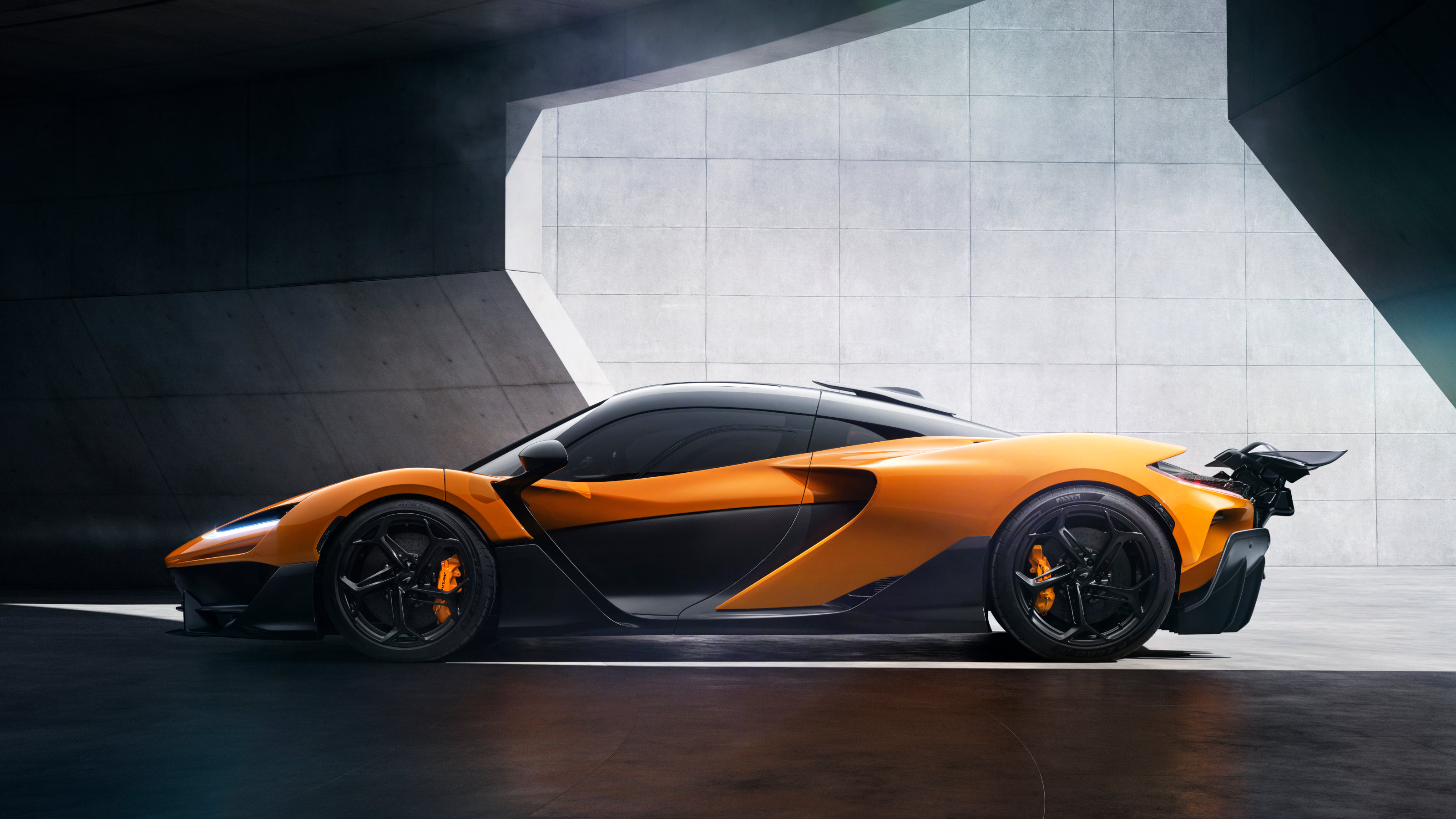 The McLaren W1 is the latest in the sports car maker's tech-saturated Ultimate Series
The McLaren W1 is the latest in the sports car maker's tech-saturated Ultimate SeriesFirst F1, then P1 and now W1, McLaren Automotive reveals its latest limited-edition supercar to the world, a £2m concoction of hybrid power and active aero that is, unsurprisingly, already sold out
-
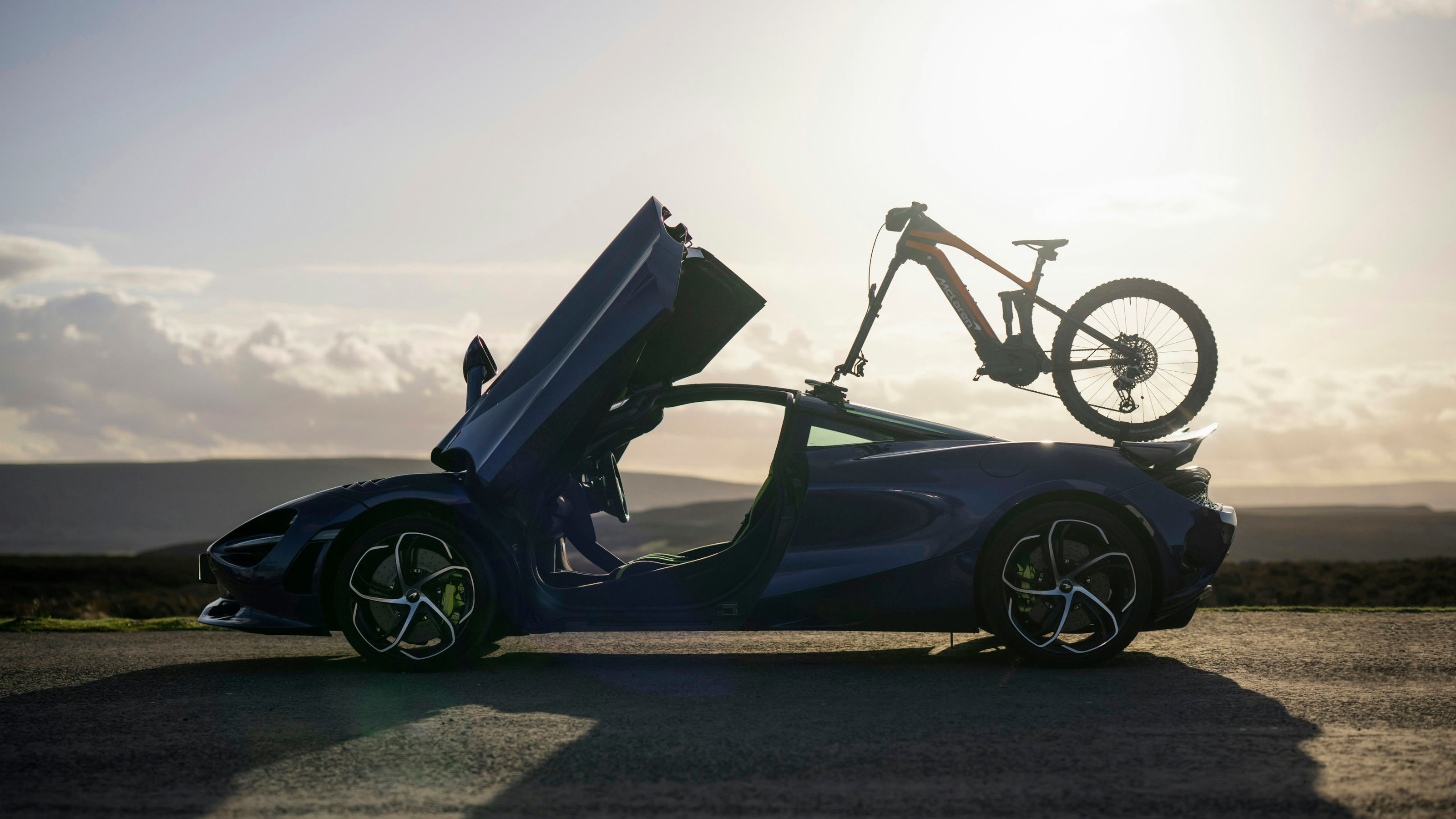 Sports carmaker McLaren enters the performance e-bike market
Sports carmaker McLaren enters the performance e-bike marketMcLaren Bikes’ four new machines bring speed, technology and style to electric mountain biking
-
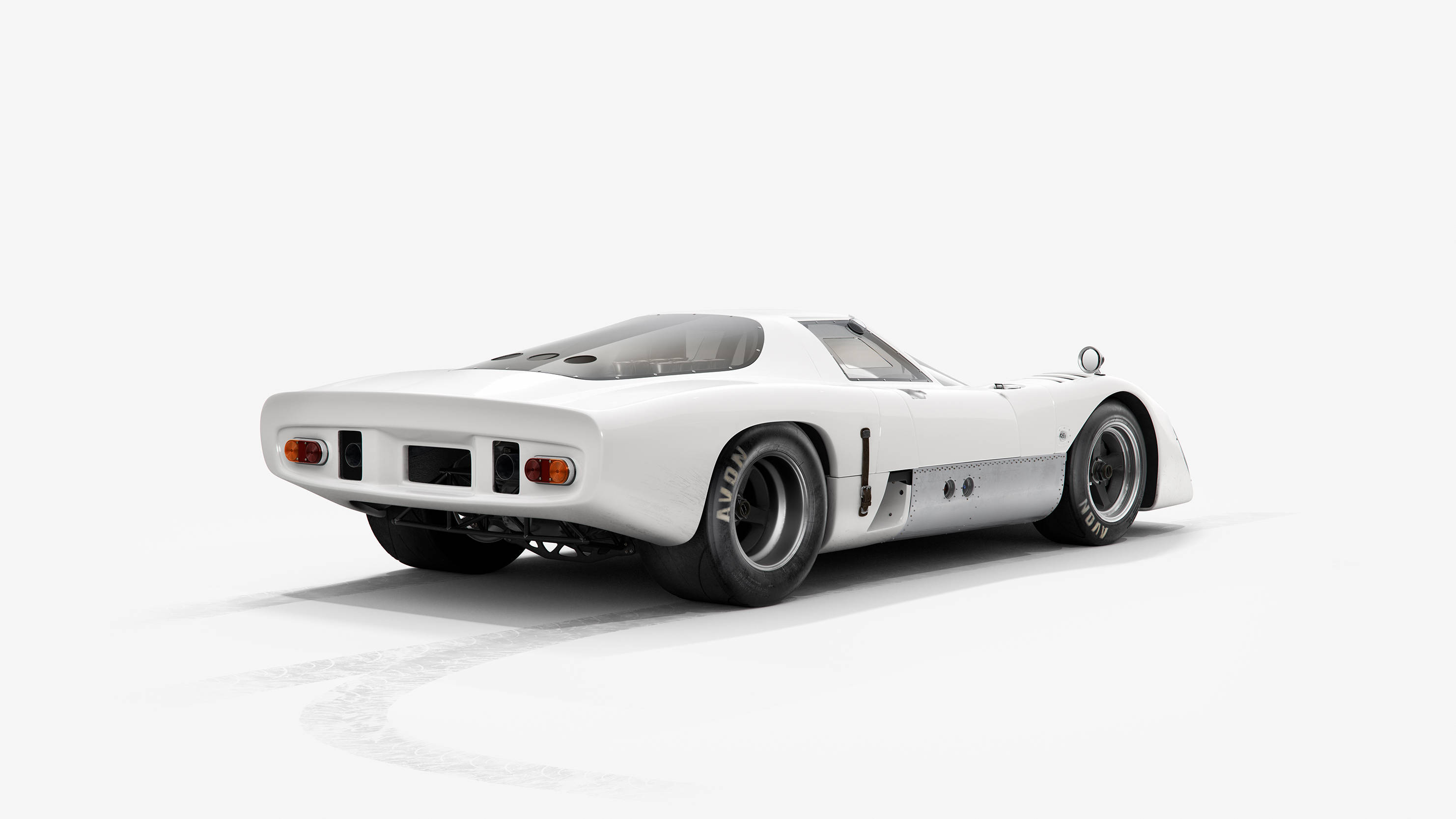 McLaren M6GT is the latest in INK’s series of ‘plain bodied’ racing cars
McLaren M6GT is the latest in INK’s series of ‘plain bodied’ racing carsINK reimagines the McLaren M6GT, dubbed ‘Bruce’s Unfinished Masterpiece’, as a purist piece of automotive sculpture
-
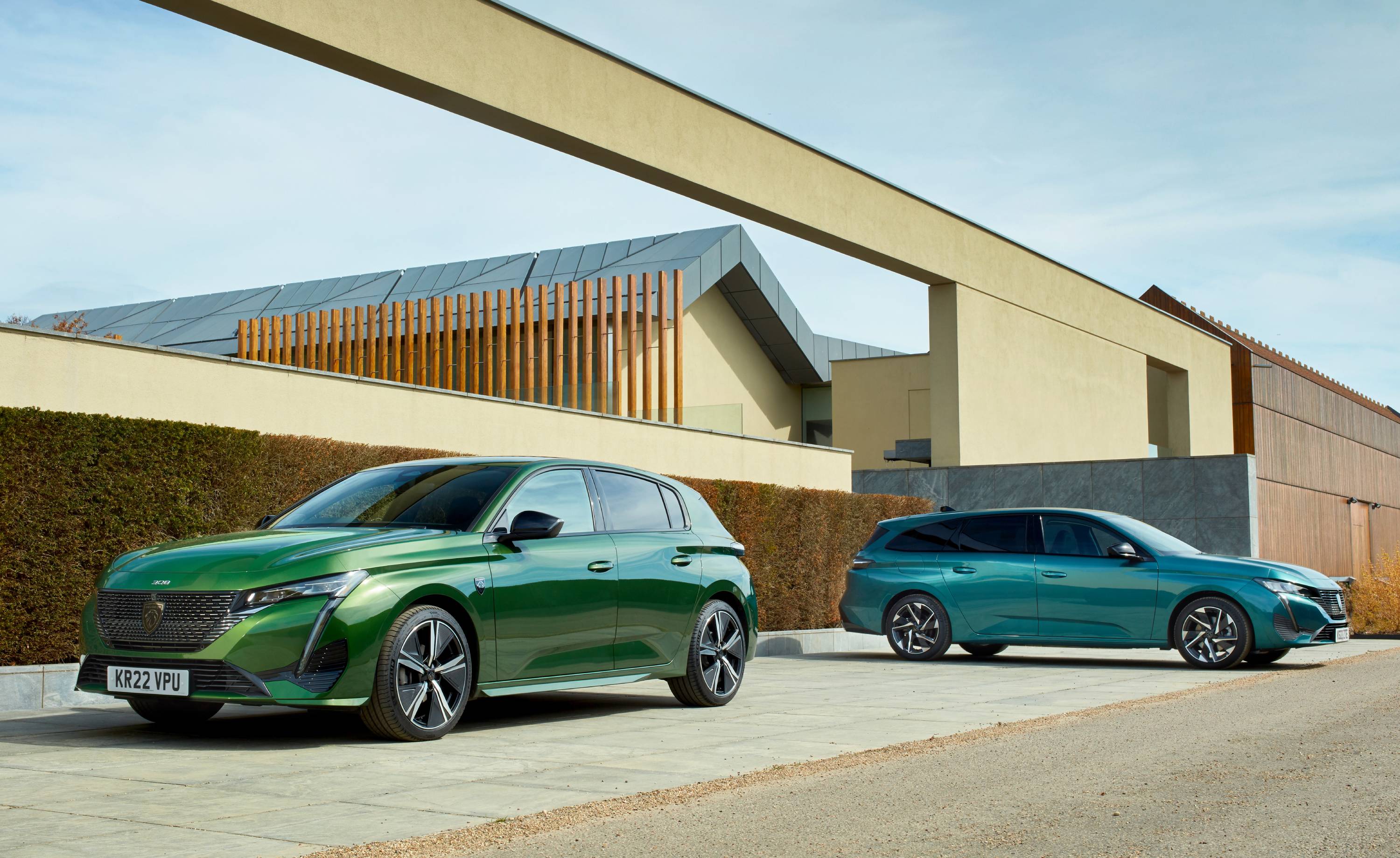 Peugeot’s sparky 308 gets hybrid power and handsome lines
Peugeot’s sparky 308 gets hybrid power and handsome linesThe Peugeot 308 proves that mass-market design needn’t be dull, blending hybrid power with sharp lines and excellent detailing